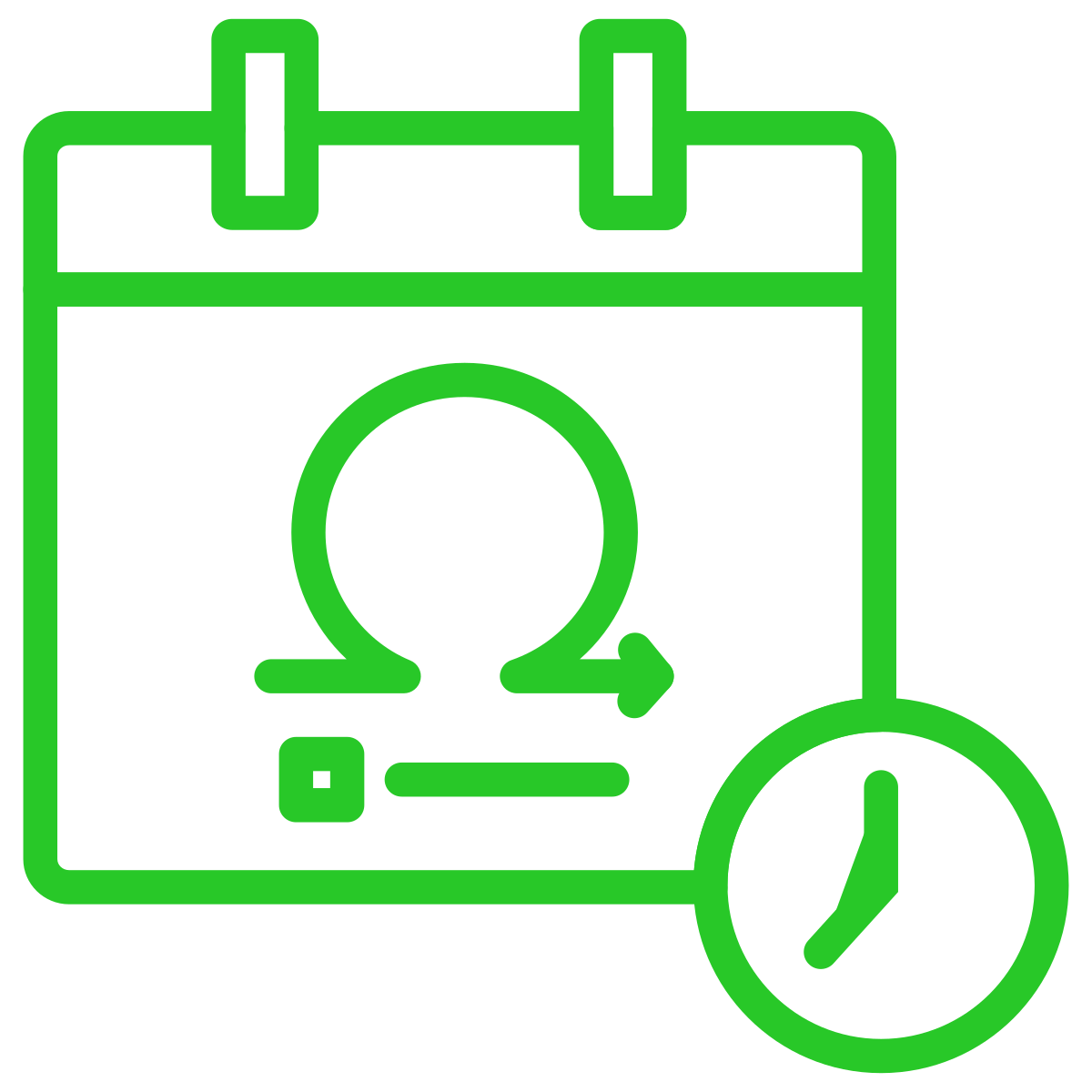Focus On Shared Purpose
Focus On Shared Purpose
Teams work closely with their customers to deliver the customers’ needs as they relate to the specific product and its services. When the customers’ interests span several of our products we need to ensure that our mutual alignment remains intact. If there is a conflict in the way different products can meet the customers’ needs we must ensure that the conflicts are resolved. Resolution must meet the needs of the customer and be within the capabilities of the teams.
In A Nutshell
Our customers are the lifeblood of our organisation. We need strong, continuing relationships with our customers. Such strong relationships are best centred trustfully on a shared purpose.
The emphasis is on trustful collaboration rather than on the legalities of a contract or other formal agreement. We may use formal agreements to support the relationship and to provide clarity over each parties responsibilities. It is essential that the agreement does not restrict our ability to collaborate, our mutual ways of working, or our ability to rapidly evolve those ways of working.
Shared purpose bases our relationship on the potential of more than a single product or service being used by the customer. The customer can maximise the value they receive from the use of our different products and their services. In turn we maximise the benefits from our relationship through the increased use of our products and services.
Trustful relationships founded on shared purpose take time to develop. Such relationships are too easy to damage and hard to recover. It is essential that both sides focus on the quality of the relationship and take care to sustain it through both good times and bad.
Practices
Blameless Post-Mortems are adopted as part Google’s Site Reliability Engineering framework. The concept has existed for sometime as part of traditional Service Operations. Its use within SRE shows its adoption in "DevOps” too. In this context, post-mortems are used to analyse the causes of operational failures and to decide how to improve the situation.
Teams plan work to fill their short-term planning horizon. With a clear understanding of current priorities and the capacity of the team, work items are chosen to satisfy the forthcoming delivery goals. The team elaborates the plan as necessary to ensure that there is a shared understanding of the work that is required.
We work with customers to create commercial agreements that actively support our collaborative and experimental style of work. As the agreements are executed, we continuously work to ensure that mutual commitments are made and fulfilled. Working with the customer we review the progress of the work under the agreement. When necessary we collaborate to refresh the agreement to cover the changing circumstances.
The Product Roadmap provides a simple view of how the product will grow towards its vision. As a forward looking view, the roadmap does not set fixed priorities or deadlines. Rather it is a fluid view that evolves as our understanding of customers’ needs evolves. Roadmaps are influenced by concerns in addition to the customers’ needs. These may include our capability and capacity to deliver change and the business, financial and legal context in which our product operates.
Customer Relationship Review [Collaborating With Customers]







